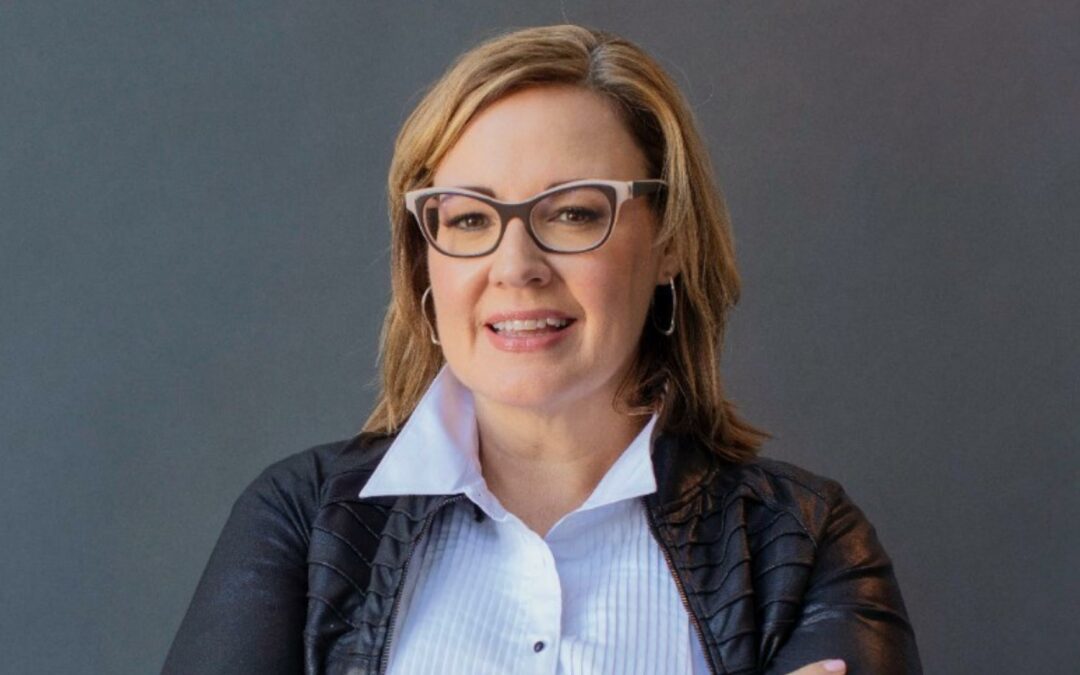Entering the workforce and maintaining employment is a challenge for people of all abilities, but navigating employment with an invisible disability can often mean facing more hurdles than expected. Fear, stereotypes, misinformation and a lack of everyday understanding make people feel uncomfortable and unsafe in their workplaces. However, employees and employers can work together to change the narrative.
Jill’s story
We spoke to Jill Griffin, Career Strategist & Executive Coach, to learn more about her experience navigating the corporate world while living with a vestibular disorder. The vestibular system processes sensory information that controls balance and eye movements and there are over 25 types of vestibular disorders.
Jill hid her disability from her employer for over six years and when she shared her experience, she felt an enormous emotional, spiritual and mental weight lift from her shoulders.
“It is a tough decision to choose whether you want to disclose a non-visible disability. In the past, I was fired for my disability so that experience made me not want to disclose it again. However, you get to a point in life where you realise there is only me. If I want my needs to be met, I need to be my own hero,” said Jill.
Invisible disabilities
In Australia, over 4.4 million people are living with disability and it is believed that 90% of those disabilities are invisible. Invisible disabilities can include diabetes, chronic pain, ADHD and epilepsy, to name a few.
All invisible conditions present different requirements in the workforce. Maybe you need a flexible schedule, a particular work chair, or maybe you need your co-workers not to pass judgement when you park in the accessible parking space even though you don’t use a wheelchair. Deciding which of your needs are most important, then communicating that to your employer can make a world of difference to your experience in the workforce.
“Both taking the step [of disclosing your disability] and not taking the step are going to be uncomfortable. But the difference is, disclosing your disability can get you closer to your goal while not disclosing keeps you stagnant,” continued Jill.
Finding courage
All around us, people living with invisible disability have achieved their dreams and shared their stories with the world. Morgan Freeman has Fibromyalgia, Venus Williams has Sjogren’s Syndrome and Selena Gomez has Lupus. It is easy to place them on a pedestal but finding the courage to share your story is achievable for everyone.
“We find career confidence when we handle a range of experiences that teach us how to handle other experiences. It is the feeling of ‘I have done this before so I can do it again however when we find courage, it is working through a new challenge with the attitude that there is no experience we cannot handle. We should encourage job seekers and employees to be courageous before they are confident,” shared Jill.
Achieving Change
Most workplaces in Australia have policies and procedures to stop disability discrimination but to truly create a diverse and safe workplace, there needs to be understanding amongst employees.
Comments like, “but you don’t look sick,” “we’re all a bit OCD here,” or “wow, you’re always in the bathroom” are harmful. They impose stereotypes, downplay people’s experiences and cause doubt about invisible disability.
“Speaking from my experience, I think an important factor in workplaces is awareness. Make sure leadership teams are trained on invisible and visible disabilities. Employers who want diversity, equity and inclusion also need to be aware that when someone has disability, they often have enormous ability across other areas. It could be their mindset, spirituality, or emotional understanding. For me, my disability has given me a lot of empathy,” said Jill.
We are proud to employ close to 400 at Afford with disability and help hundreds more find their dream jobs through our School Leaver Employment Supports (SLES) and Disability Employment Services (DES).
Afford’s Australian Disability Enterprises (ADEs) throughout Sydney are safe and supportive environments where all supervisors are trained to work with staff members of varying skills and abilities. All supported employees also have educational opportunities and can further their skills in the ADE Leadership Program to become production line, team leaders.
Find out more information about Afford’s Employment Services if you are ready to take the next step in your journey.
Did you enjoy this blog about navigating employment with an invisible disability?
Read more blogs like this here!
Was this page helpful?
Is there anything missing on this page? Please let us know
Is there anything missing on this page? Please let us know
